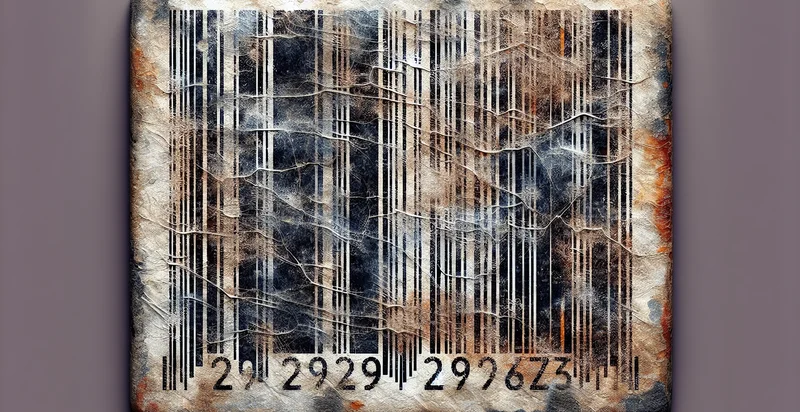Identify if barcode shows interference
using AI
Below is a free classifier to identify if barcode shows interference. Just upload your image, and our AI will predict if there is interference - in just seconds.

Contact us for API access
Or, use Nyckel to build highly-accurate custom classifiers in just minutes. No PhD required.
Get started
import nyckel
credentials = nyckel.Credentials("YOUR_CLIENT_ID", "YOUR_CLIENT_SECRET")
nyckel.invoke("if-barcode-shows-interference", "your_image_url", credentials)
fetch('https://www.nyckel.com/v1/functions/if-barcode-shows-interference/invoke', {
method: 'POST',
headers: {
'Authorization': 'Bearer ' + 'YOUR_BEARER_TOKEN',
'Content-Type': 'application/json',
},
body: JSON.stringify(
{"data": "your_image_url"}
)
})
.then(response => response.json())
.then(data => console.log(data));
curl -X POST \
-H "Content-Type: application/json" \
-H "Authorization: Bearer YOUR_BEARER_TOKEN" \
-d '{"data": "your_image_url"}' \
https://www.nyckel.com/v1/functions/if-barcode-shows-interference/invoke
How this classifier works
To start, upload your image. Our AI tool will then predict if there is interference.
This pretrained image model uses a Nyckel-created dataset and has 2 labels, including Clean and Interference.
We'll also show a confidence score (the higher the number, the more confident the AI model is around if there is interference).
Whether you're just curious or building if barcode shows interference detection into your application, we hope our classifier proves helpful.
Related Classifiers
Need to identify if barcode shows interference at scale?
Get API or Zapier access to this classifier for free. It's perfect for:
- Quality Control in Manufacturing: This use case involves implementing the image classification function to identify and assess the quality of barcodes on manufactured products. By detecting interference or abnormalities, manufacturers can ensure that products meet quality standards before they reach the market.
- Retail Inventory Management: Retailers can use this function to scan and validate barcodes during inventory checks. By identifying any barcode interference, they can maintain accurate stock levels and reduce discrepancies in inventory records.
- Supply Chain Tracking: This use case focuses on enhancing supply chain efficiency by monitoring barcode scans at various checkpoints. The identifier can alert stakeholders to any interference issues, allowing for immediate corrective actions to prevent delays in shipments.
- Compliance Monitoring: Organizations in regulated industries can utilize this function to ensure that their product barcodes comply with industry standards. By automatically flagging any interference, companies can avoid potential fines and recalls associated with non-compliant products.
- Point of Sale Error Reduction: Implementing this image classification can minimize errors at the point of sale by ensuring that scanned barcodes are clear and unblocked. This can improve customer satisfaction by reducing transaction times and minimizing checkout issues.
- Returns Processing: Retailers can apply this function to streamline the returns process by validating the barcodes on returned items. By detecting interference, staff can quickly determine the item's eligibility for return, improving operational efficiency and customer service.
- E-commerce Fulfillment Accuracy: E-commerce companies can use this function to verify barcodes on outgoing packages before shipping. By identifying any interference, they can ensure that the correct items are shipped to customers, reducing returns and improving overall order accuracy.


